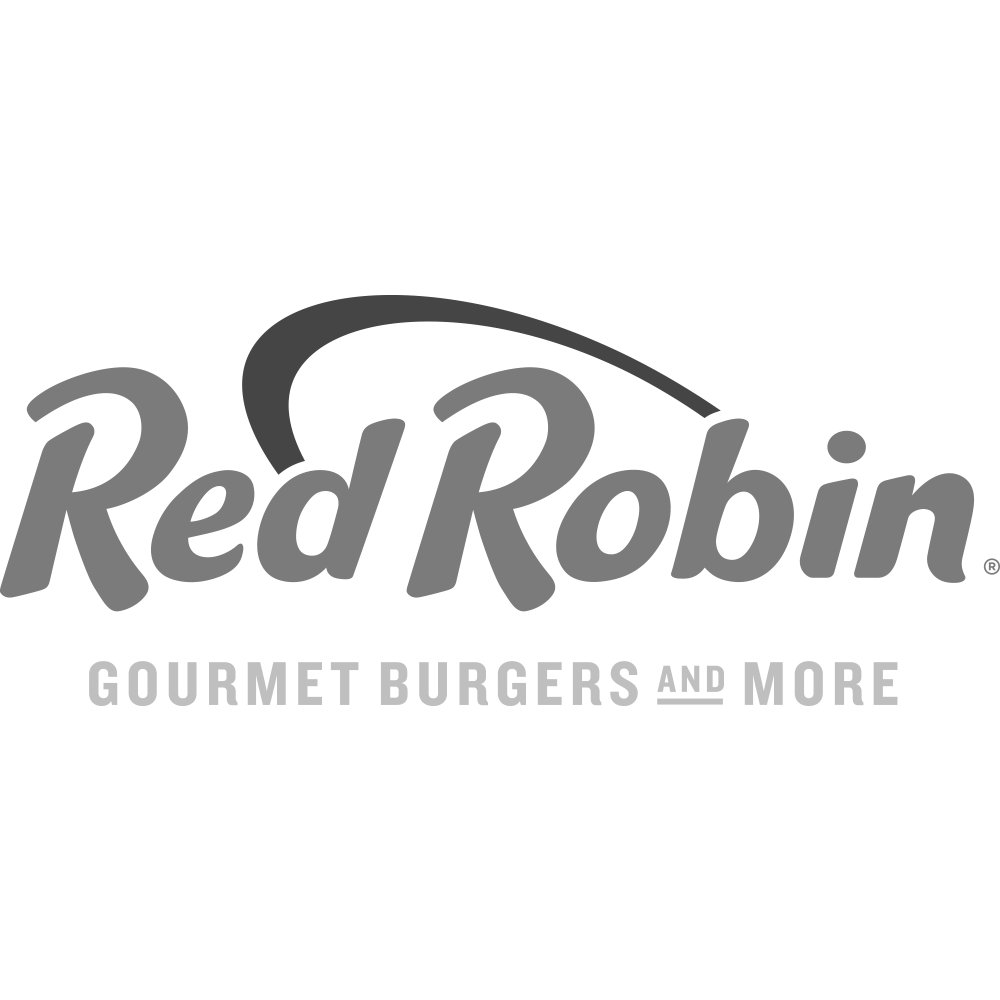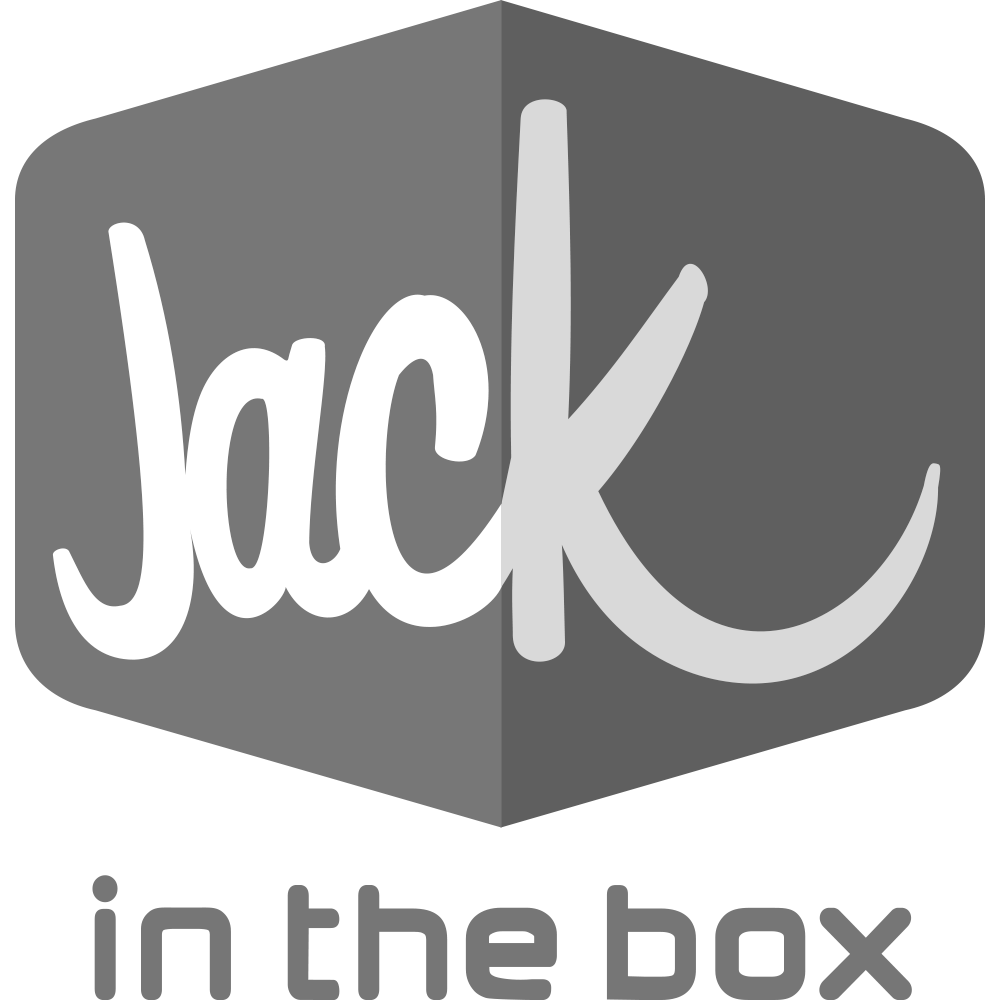Challenges in Keeping Your Restaurant Staff Current and Consistent
The restaurant industry is booming—employing a whopping 14 million Americans and expected to add 1.7 million more jobs in the next decade. Technologies used to train this restaurant workforce are evolving—revolutionizing the way employees learn their jobs, and subsequently improving productivity, efficiency, and worker engagement.
This e-book will examine the trends and challenges restaurants are encountering as they strive to provide the best training possible, and will detail how mobile training solutions are delivering new tools for staffs to be successful.
Download the eBook








Solutions to Elevate Your People & Processes
Improve Operational Performance
Scale the business, improve performance and drive cost savings using reports that identify the people and processes that make a difference.
Implement Operational Learning
Goodbye back office. People learn faster and retain more when using interactive content in real-world situations. “On the job training” just became “In the job learning”.
Retain & Develop Employees
End back office training and increase employee confidence with modern training experiences and interactive content.
Digitize Operations & Processes
Forms and simple task sequencing functions make collecting data and going paperless easy.
Communicate with Deskless Employees
Deskless employees and field workers are difficult to reach, particularly when they don’t have corporate email.
Access Information Quickly
Video and multimedia clogs networks, impacting mission critical point-of-sale systems or customer internet.
Create & Publish Content Easily
Breathe new life into existing documents by attaching videos. Users can also add real-life examples for content that leaps out of the page.

"As Director of Training, knowing that my teams have the most current, and correct training materials in their hands is paramount to our success. We are a growing concept, and without the consistency that Playerlync brings to our teams across the country it would be tougher than it needs to be."

“93% of the restaurant managers answered “yes” when asked “if you were running the company and it were your decision, would you deploy PlayerLync to all restaurants”. This was the highest score of any shakedown test we had received.”

"It really boils down to efficiencies and manpower. The things that used to take us 20, 30, 40 hours now maybe take us 2 or 3 or 4 minutes. We can deploy those savings to other issues, whether they be other research projects or just other utilization of our manpower."